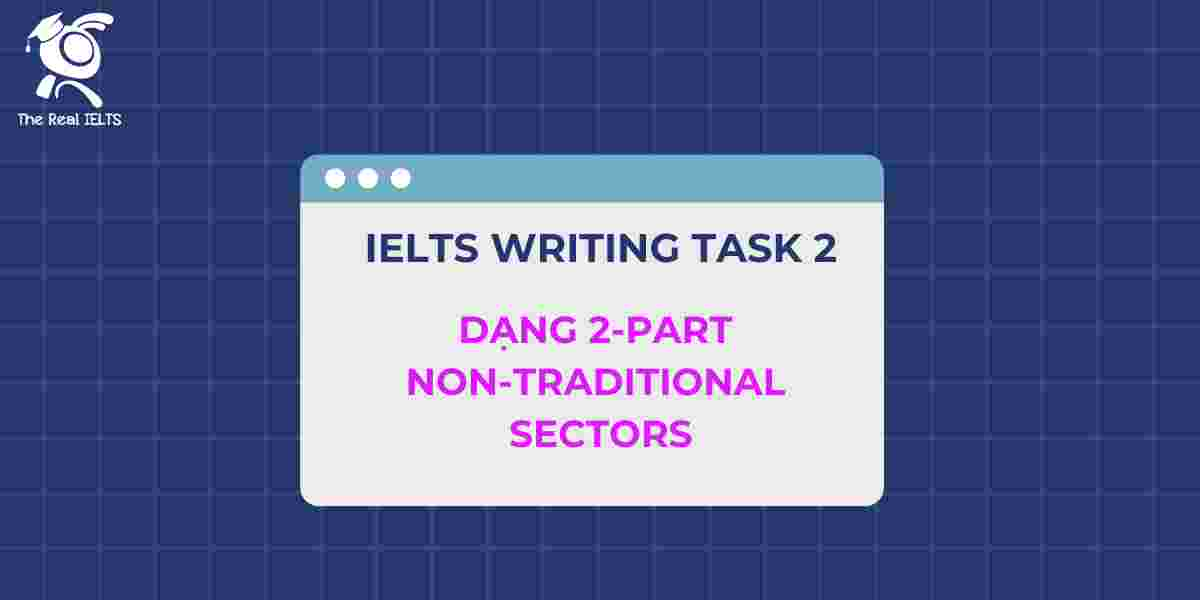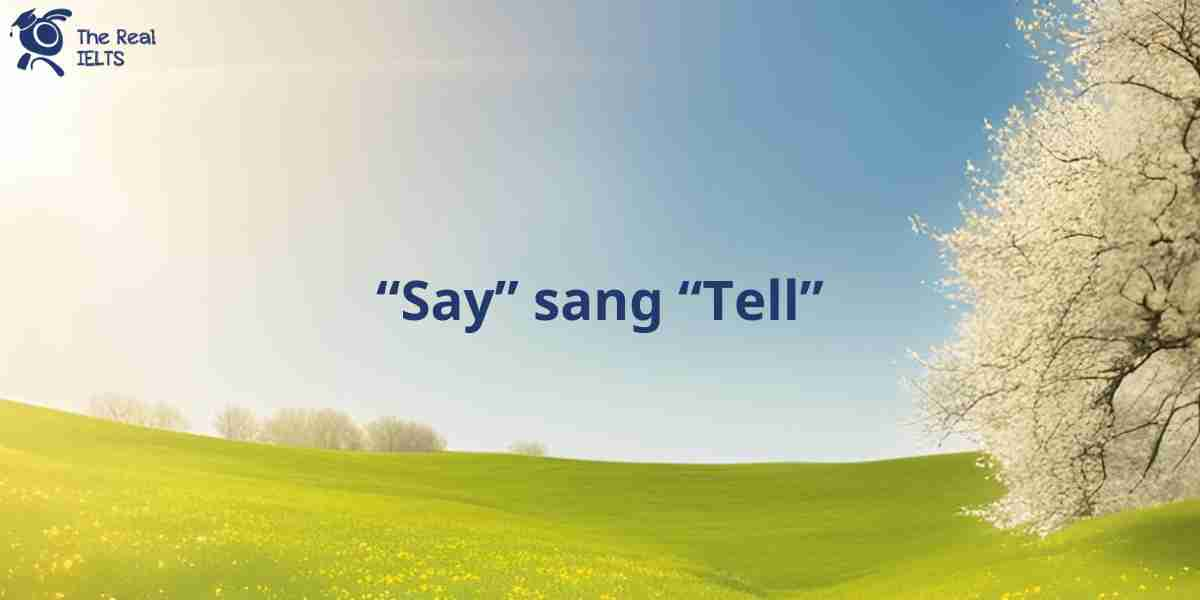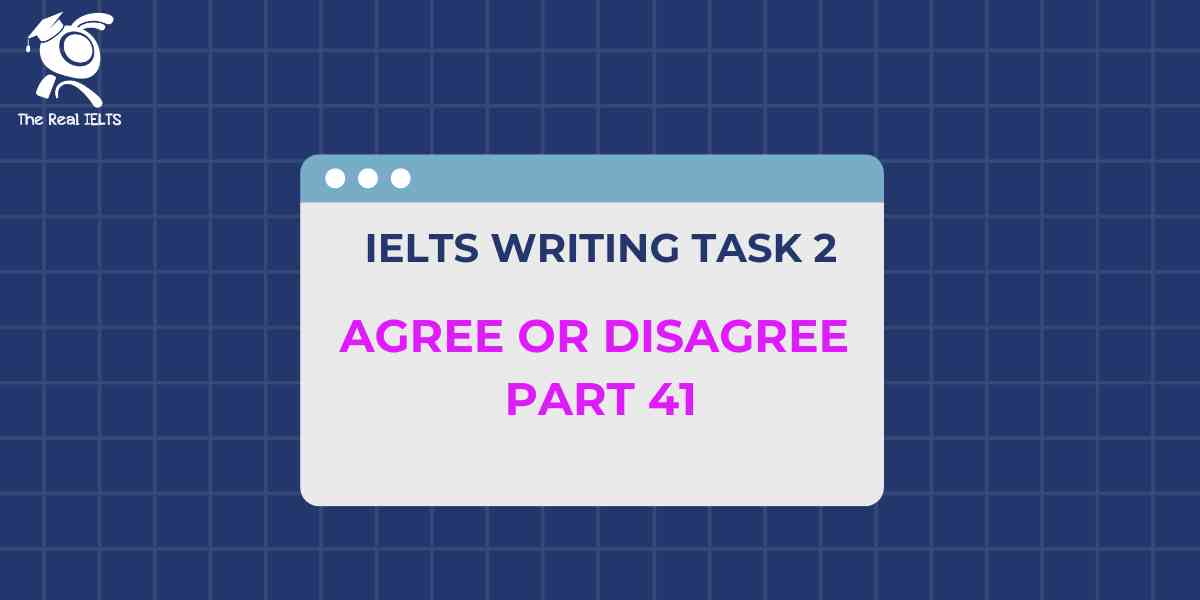IELTS Reading 9: Urban Reforestation and Green Cities là chủ đề thuộc chuỗi bài luyện tập 11 dạng bài IELTS Reading và các bài tập luyện tập.
Học lại bài cũ: IELTS Reading 8: Wildlife Conservation Efforts.
IELTS Reading: Urban Reforestation and Green Cities
Urban reforestation, the practice of planting trees in urban environments, has gained significant attention in recent years as cities around the world strive to become more sustainable and livable. The rapid pace of urbanization has led to a significant reduction in green spaces, resulting in numerous environmental challenges, including air pollution, rising temperatures, and loss of biodiversity. As a result, urban reforestation has emerged as a crucial solution to mitigate the adverse effects of urban development and to foster healthier and more sustainable cities.
The Role of Trees in Urban Environments
Trees play a vital role in maintaining ecological balance in cities. One of their primary functions is to improve air quality by absorbing pollutants such as carbon dioxide, nitrogen oxides, and particulate matter. They act as natural air filters, helping to reduce the levels of harmful gases and improve public health. Additionally, trees release oxygen through photosynthesis, contributing to fresher and cleaner air in densely populated areas.
Moreover, trees in urban areas help regulate temperatures by providing shade and cooling through the process of evapotranspiration. This is particularly important in cities that experience the “urban heat island” effect, where temperatures in built-up areas are significantly higher than in surrounding rural regions. Urban heat islands exacerbate the need for air conditioning and contribute to increased energy consumption. By planting trees in strategic locations, cities can reduce the impact of this effect, lower energy demands, and create more comfortable living environments for residents.
Social and Economic Benefits of Urban Reforestation
The benefits of urban reforestation extend beyond environmental improvements. Trees and green spaces in cities also offer numerous social and economic advantages. Studies have shown that access to green spaces enhances mental well-being, reduces stress, and promotes physical activity. Parks and tree-lined streets encourage people to spend more time outdoors, fostering a sense of community and improving the overall quality of life.
From an economic perspective, urban forests can increase property values and attract tourists, which generates revenue for local economies. Tree-lined neighborhoods tend to have higher real estate values, as residents are willing to pay more for properties located near green spaces. Furthermore, the aesthetic appeal of tree-covered streets and parks makes cities more attractive to visitors, boosting tourism and hospitality industries.
Challenges and Strategies for Successful Urban Reforestation
Despite the clear benefits of urban reforestation, implementing it in densely populated areas presents several challenges. One of the primary obstacles is the limited availability of space for tree planting in cities. Urban areas are often dominated by buildings, roads, and other infrastructure, leaving little room for green initiatives. Additionally, the selection of tree species is critical, as certain types may not thrive in urban environments due to pollution, limited water availability, and compacted soils.
To overcome these challenges, cities must adopt innovative strategies for urban reforestation. Vertical forests, rooftop gardens, and green walls are examples of creative solutions that allow for the incorporation of vegetation in spaces where traditional tree planting is not feasible. Furthermore, selecting native or climate-resilient tree species can increase the success rate of reforestation efforts, as these species are better adapted to local conditions and require less maintenance.
Collaboration between governments, urban planners, and local communities is essential for the success of urban reforestation projects. Public awareness campaigns and community engagement can help ensure that residents understand the importance of green spaces and take part in maintaining and protecting urban trees. Financial incentives, such as tax breaks for green initiatives or funding for community tree-planting projects, can also encourage participation and support for reforestation efforts.
Case Studies: Green Cities Leading the Way
Several cities around the world have successfully integrated urban reforestation into their urban planning strategies, earning recognition as leaders in sustainability. For instance, Singapore has implemented a comprehensive urban greening policy known as the “City in a Garden” initiative. The city has incorporated extensive tree-planting efforts, vertical gardens, and green roofs into its urban landscape, making it one of the greenest cities globally. Singapore’s approach demonstrates how urban reforestation can be used not only to improve the environment but also to create a distinct and attractive city identity.
Similarly, Melbourne, Australia, has embarked on an ambitious urban forest strategy aimed at increasing its tree canopy cover to 40% by 2040. The initiative focuses on planting climate-resilient tree species that can withstand the challenges of a warming climate while providing shade and cooling for the city’s residents. Melbourne’s urban reforestation efforts are also supported by strong community involvement, with residents encouraged to participate in tree-planting events and adopt local trees for care.
Conclusion
Urban reforestation offers a promising solution to many of the environmental, social, and economic challenges faced by modern cities. By planting trees and creating green spaces, urban areas can improve air quality, reduce heat island effects, enhance public health, and foster stronger communities. While challenges remain in implementing large-scale reforestation projects, innovative approaches and collaborative efforts can help overcome these obstacles. Cities that prioritize reforestation are not only investing in a healthier and more sustainable future but also creating environments where people can thrive.
Question
1. Multiple Choice (Chọn đáp án đúng)
Câu hỏi: What is one of the primary environmental benefits of trees in urban areas?
A. They reduce traffic congestion.
B. They absorb harmful gases like carbon dioxide.
C. They promote economic growth.
D. They prevent natural disasters.
2. True/False/Not Given (Đúng/Sai/Không có thông tin)
Câu hỏi: Urban reforestation has no impact on energy consumption in cities.
True / False / Not Given
3. Yes/No/Not Given (Có/Không/Không có thông tin)
Câu hỏi: Does urban reforestation help in reducing stress among city residents?
Yes / No / Not Given
4. Matching Information (Ghép thông tin)
Câu hỏi: Match the following pieces of information with the correct paragraph.
i. Singapore’s urban greening policy
ii. Trees help lower temperatures in cities
iii. Economic benefits of urban green spaces
iv. Challenges of reforestation in densely populated cities
- Paragraph A
- Paragraph B
- Paragraph C
- Paragraph D
5. Matching Headings (Ghép tiêu đề)
Câu hỏi: Match the heading to the correct paragraph.
i. The role of trees in mitigating climate change
ii. The benefits of community involvement in urban reforestation
iii. How urban forests contribute to economic development
iv. Challenges to successful urban reforestation
- Paragraph 1
- Paragraph 2
- Paragraph 3
- Paragraph 4
6. Matching Sentence Endings (Ghép kết thúc câu)
Câu hỏi: Complete the sentences by matching the beginning of the sentence with the correct ending.
- Trees help to regulate urban temperatures…
- Urban reforestation contributes to public health…
- Singapore is a leading example of…
A. by acting as natural air filters.
B. through the creation of extensive green spaces.
C. by providing shade and reducing the heat island effect.
7. Sentence Completion (Hoàn thành câu)
Câu hỏi: Complete the following sentence using no more than TWO words from the text.
Urban reforestation is essential to mitigate the ___________ of urban development.
8. Summary Completion (Hoàn thành bản tóm tắt)
Câu hỏi: Complete the summary below using words from the passage. Use no more than TWO words for each answer.
Urban reforestation improves both the environment and quality of life. Trees can absorb ___________ and help reduce air pollution. They also contribute to cooling the city by providing shade, helping to lower ___________ created by the urban heat island effect. Additionally, trees offer economic benefits by increasing property values and ___________ tourism.
9. Diagram Label Completion (Hoàn thành nhãn sơ đồ)
Câu hỏi: Label the diagram based on the information in the text. (The diagram shows trees in an urban setting, filtering air and providing shade.)
i. Absorbs __________
ii. Releases __________
iii. Provides shade to reduce __________
10. Short Answer Questions (Câu hỏi trả lời ngắn)
Câu hỏi:
- What term describes the phenomenon where urban areas are hotter than surrounding rural areas?
- Name one city that has implemented a successful urban reforestation program.
- Which process allows trees to cool the surrounding air?
11. Table Completion (Hoàn thành bảng)
Câu hỏi: Complete the table below based on the information from the passage.
| City | Reforestation Initiative | Primary Benefit |
|---|---|---|
| Singapore | City in a Garden | Increased green spaces and city identity |
| Melbourne | Urban forest strategy | ______________ |
Answers
1. Multiple Choice (Chọn đáp án đúng)
Câu hỏi: What is one of the primary environmental benefits of trees in urban areas?
Đáp án: B. They absorb harmful gases like carbon dioxide.
2. True/False/Not Given (Đúng/Sai/Không có thông tin)
Câu hỏi: Urban reforestation has no impact on energy consumption in cities.
Đáp án: False
3. Yes/No/Not Given (Có/Không/Không có thông tin)
Câu hỏi: Does urban reforestation help in reducing stress among city residents?
Đáp án: Yes
4. Matching Information (Ghép thông tin)
Câu hỏi: Match the following pieces of information with the correct paragraph.
i. Singapore’s urban greening policy
Đáp án: Paragraph 5
ii. Trees help lower temperatures in cities
Đáp án: Paragraph 2
iii. Economic benefits of urban green spaces
Đáp án: Paragraph 3
iv. Challenges of reforestation in densely populated cities
Đáp án: Paragraph 4
5. Matching Headings (Ghép tiêu đề)
Câu hỏi: Match the heading to the correct paragraph.
i. The role of trees in mitigating climate change
Đáp án: Paragraph 2
ii. The benefits of community involvement in urban reforestation
Đáp án: Paragraph 4
iii. How urban forests contribute to economic development
Đáp án: Paragraph 3
iv. Challenges to successful urban reforestation
Đáp án: Paragraph 4
6. Matching Sentence Endings (Ghép kết thúc câu)
Câu hỏi: Complete the sentences by matching the beginning of the sentence with the correct ending.
- Trees help to regulate urban temperatures…
Đáp án: C. by providing shade and reducing the heat island effect. - Urban reforestation contributes to public health…
Đáp án: A. by acting as natural air filters. - Singapore is a leading example of…
Đáp án: B. through the creation of extensive green spaces.
7. Sentence Completion (Hoàn thành câu)
Câu hỏi: Complete the following sentence using no more than TWO words from the text.
Urban reforestation is essential to mitigate the adverse effects of urban development.
8. Summary Completion (Hoàn thành bản tóm tắt)
Câu hỏi: Complete the summary below using words from the passage. Use no more than TWO words for each answer.
Urban reforestation improves both the environment and quality of life. Trees can absorb pollutants and help reduce air pollution. They also contribute to cooling the city by providing shade, helping to lower temperatures created by the urban heat island effect. Additionally, trees offer economic benefits by increasing property values and attracting tourism.
9. Diagram Label Completion (Hoàn thành nhãn sơ đồ)
Câu hỏi: Label the diagram based on the information in the text.
i. Absorbs carbon dioxide
ii. Releases oxygen
iii. Provides shade to reduce heat island effect
10. Short Answer Questions (Câu hỏi trả lời ngắn)
Câu hỏi:
- What term describes the phenomenon where urban areas are hotter than surrounding rural areas?
Đáp án: Urban heat island - Name one city that has implemented a successful urban reforestation program.
Đáp án: Singapore - Which process allows trees to cool the surrounding air?
Đáp án: Evapotranspiration
11. Table Completion (Hoàn thành bảng)
Câu hỏi: Complete the table below based on the information from the passage.
| City | Reforestation Initiative | Primary Benefit |
|---|---|---|
| Singapore | City in a Garden | Increased green spaces and city identity |
| Melbourne | Urban forest strategy | Increased tree canopy and cooling |















